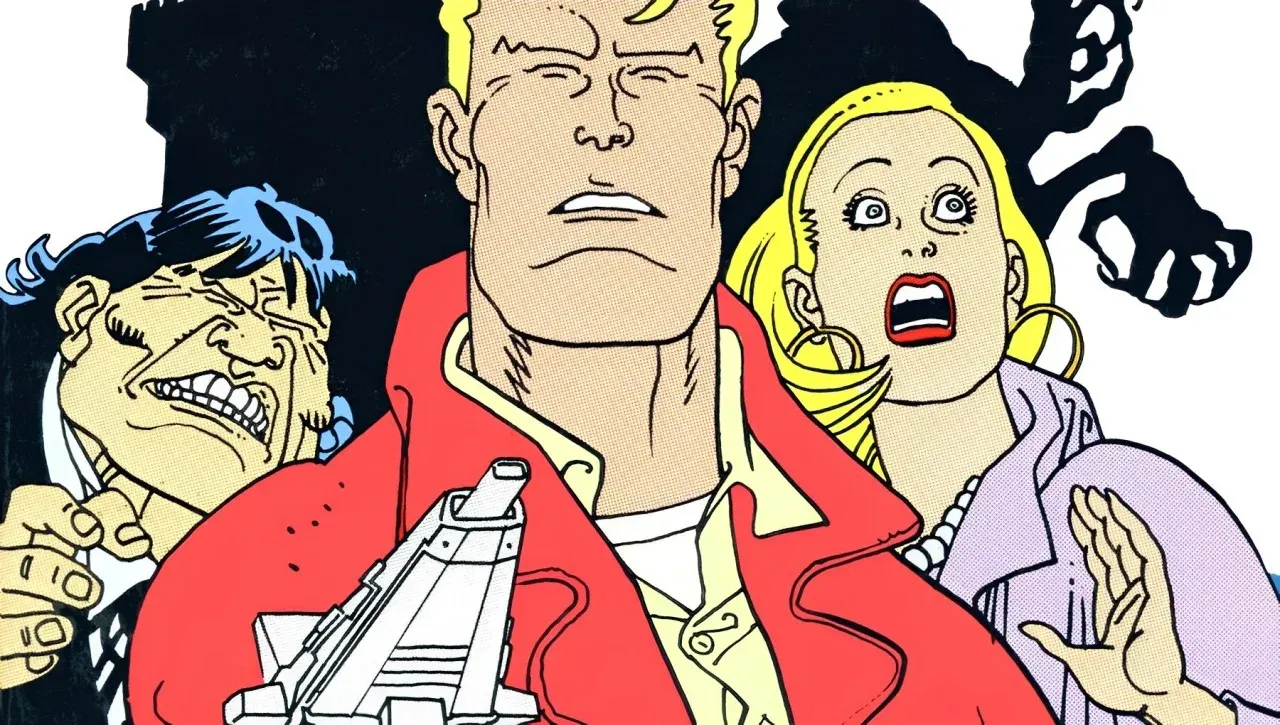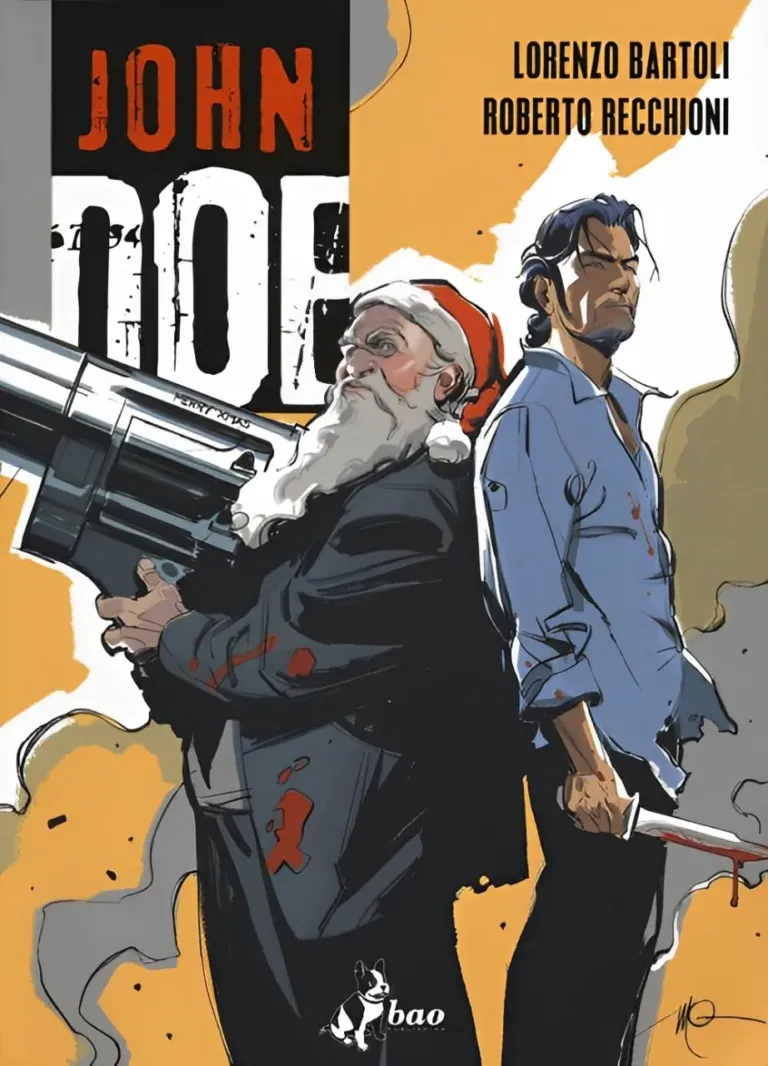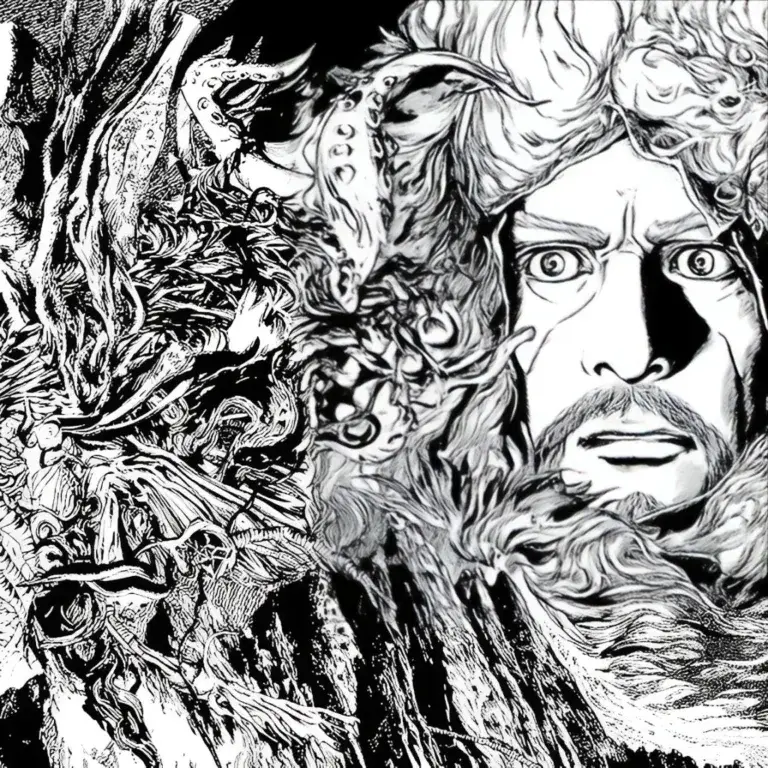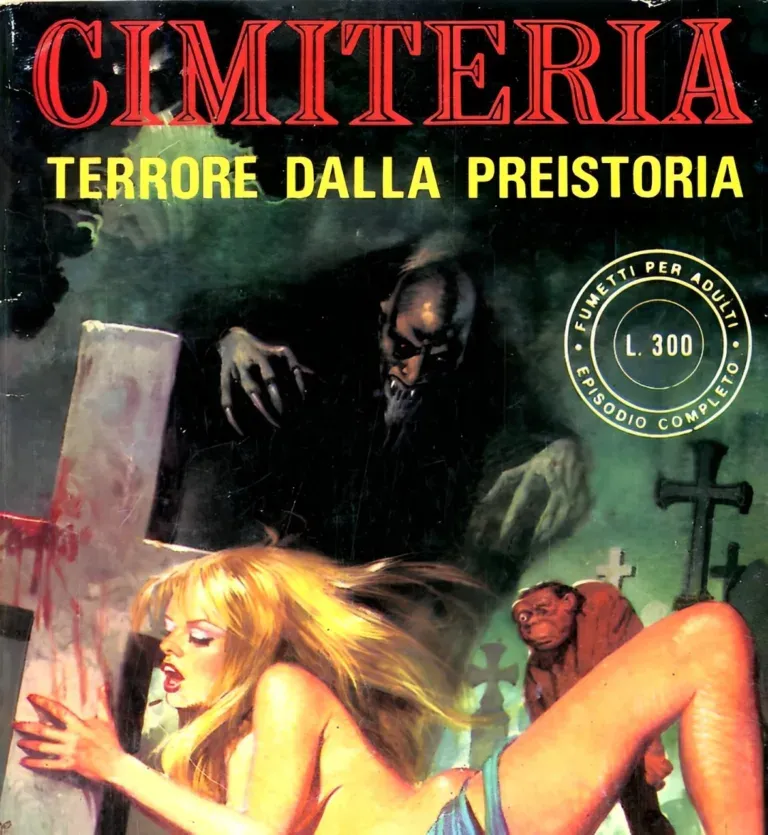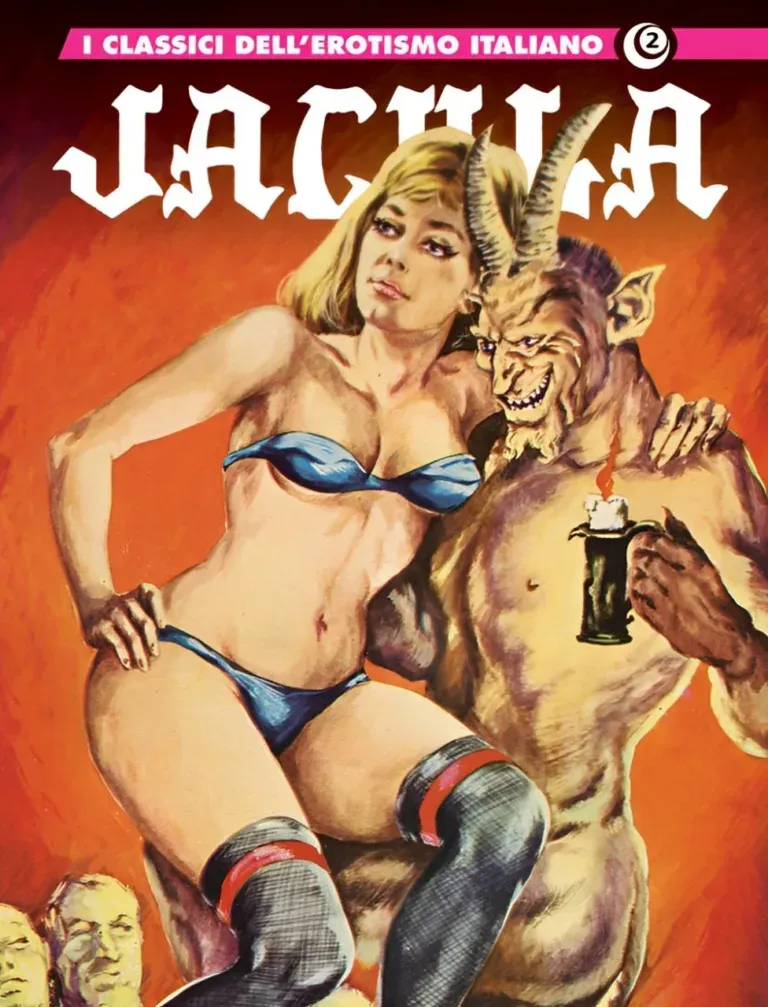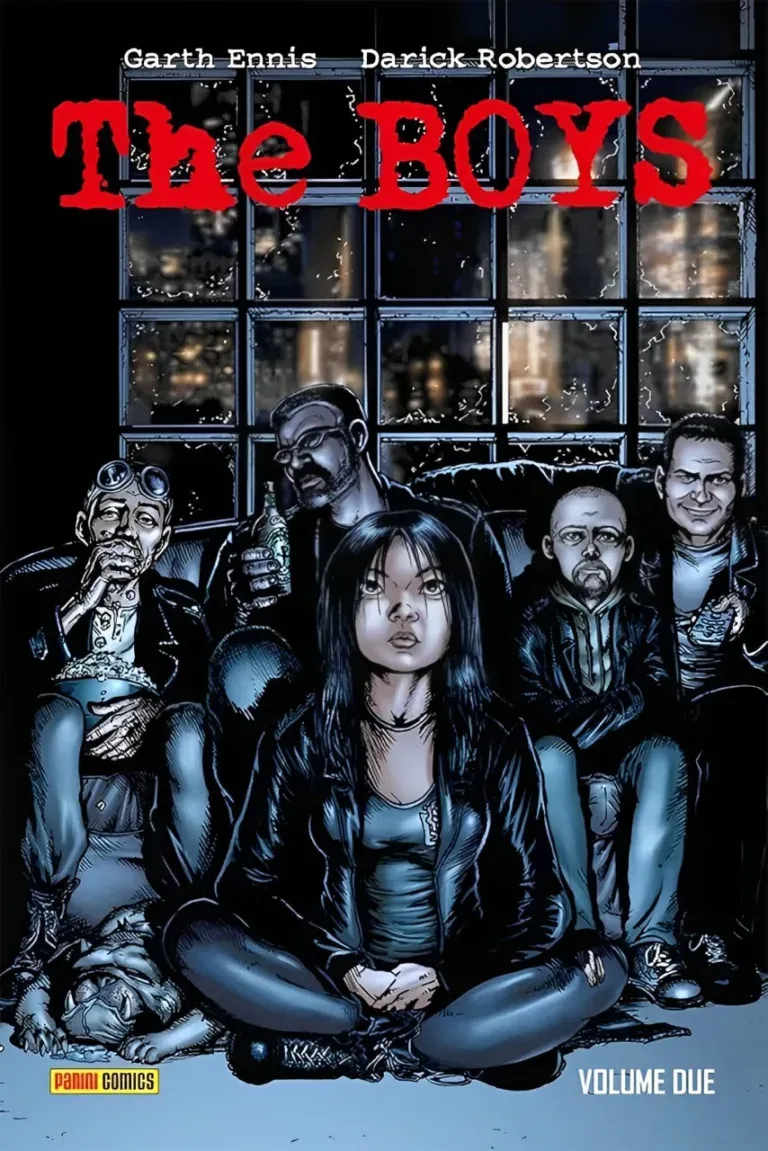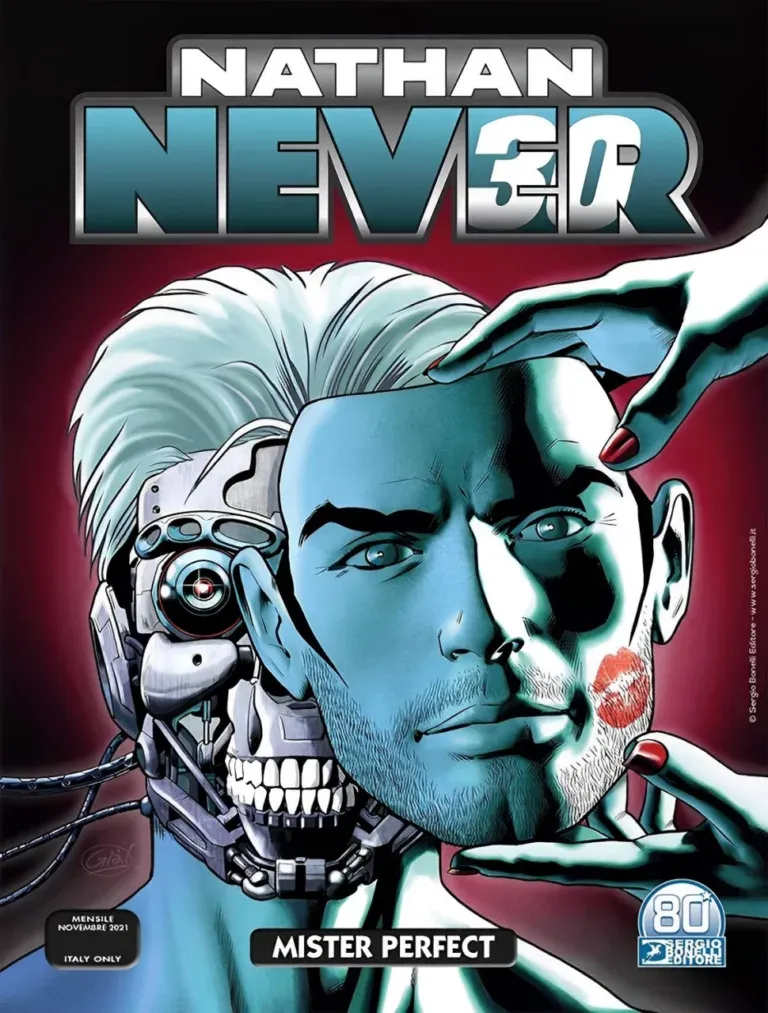Martin Mystère
Martin Mystère: The Detective of the Impossible
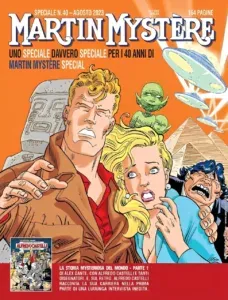 If one were to describe Martin Mystère in a single sentence, it could be said that it is the perfect blend of pop culture and a fascination with the unknown. Created by Alfredo Castelli and published by Sergio Bonelli Editore in 1982, this comic is a milestone in the Italian scene, combining mystery with a dose of irony and introspection. Martin is a professor of anthropology and archaeology, passionate about science and myths, who investigates supernatural phenomena and unsolved mysteries, often challenging the boundary between science and magic.
If one were to describe Martin Mystère in a single sentence, it could be said that it is the perfect blend of pop culture and a fascination with the unknown. Created by Alfredo Castelli and published by Sergio Bonelli Editore in 1982, this comic is a milestone in the Italian scene, combining mystery with a dose of irony and introspection. Martin is a professor of anthropology and archaeology, passionate about science and myths, who investigates supernatural phenomena and unsolved mysteries, often challenging the boundary between science and magic.
The protagonist, Martin Jacques Mystère, stands out for his immense curiosity and passion for knowledge. With charisma reminiscent of classic adventurers, he is also deeply human and not without flaws. He lives in New York, in an apartment that is essentially a museum of curious objects and ancient artifacts, sharing his adventures with his loyal friend Java, a surviving Neanderthal, and his girlfriend Diana Lombard, who often serves as his rational and practical counterpoint.
 One of the most intriguing aspects of Martin Mystère is the way it intertwines historical and scientific facts with fantastic elements. Every adventure begins with a real event or a well-known myth: Atlantis, crystal skulls, pyramids, and even conspiracy theories. Castelli and his collaborators manage to create plots that not only entertain but also provoke critical reflection on our relationship with the past and the unknown.
One of the most intriguing aspects of Martin Mystère is the way it intertwines historical and scientific facts with fantastic elements. Every adventure begins with a real event or a well-known myth: Atlantis, crystal skulls, pyramids, and even conspiracy theories. Castelli and his collaborators manage to create plots that not only entertain but also provoke critical reflection on our relationship with the past and the unknown.
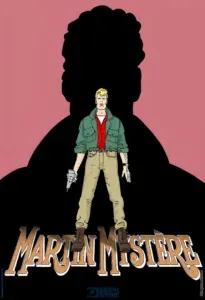 The narrative structure stands out for its rhythm and mix of adventure and cultural exploration. Unlike other comics that focus solely on action, Martin Mystère devotes ample space to explanation and contextualization, often breaking the fourth wall with academic digressions. This approach might feel slow for those seeking constant adrenaline, but it is precisely what makes it unique. It is a comic that demands and rewards attention.
The narrative structure stands out for its rhythm and mix of adventure and cultural exploration. Unlike other comics that focus solely on action, Martin Mystère devotes ample space to explanation and contextualization, often breaking the fourth wall with academic digressions. This approach might feel slow for those seeking constant adrenaline, but it is precisely what makes it unique. It is a comic that demands and rewards attention.
The artistic component also deserves mention. Initially drawn by Giancarlo Alessandrini, the illustrations establish an aesthetic that blends realism with a certain vintage charm. The artwork is rich in detail and helps immerse readers in the enigmatic atmosphere of the stories. Although the graphic style has evolved over the years with the contributions of various artists, the visual essence of Martin Mystère has remained recognizable and captivating.
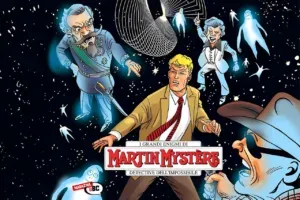 One element that sets Martin Mystère apart from other comic protagonists is his humanity. He is not an infallible hero but a man who confronts his fears and doubts. His stories often raise moral and philosophical questions: is it right to interfere with mysteries? Is there an absolute truth? This depth brings the character closer to readers and offers a mature perspective on the adventure genre.
One element that sets Martin Mystère apart from other comic protagonists is his humanity. He is not an infallible hero but a man who confronts his fears and doubts. His stories often raise moral and philosophical questions: is it right to interfere with mysteries? Is there an absolute truth? This depth brings the character closer to readers and offers a mature perspective on the adventure genre.
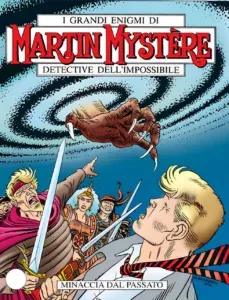 In the landscape of Italian comics, Martin Mystère is a unique voice that has influenced many subsequent authors. It has maintained a loyal following thanks to its ability to renew itself without betraying its essence. Over the years, the series has tackled contemporary themes such as artificial intelligence and climate change, demonstrating surprising relevance.
In the landscape of Italian comics, Martin Mystère is a unique voice that has influenced many subsequent authors. It has maintained a loyal following thanks to its ability to renew itself without betraying its essence. Over the years, the series has tackled contemporary themes such as artificial intelligence and climate change, demonstrating surprising relevance.
In conclusion, Martin Mystère is not just a comic but a cultural experience. Its ability to weave knowledge with entertainment makes it a one-of-a-kind in the global narrative panorama. If you’ve never read it, get ready to discover a universe of enigmas that will make you question what you think you know.

 Subscribe to our YouTube channel
Subscribe to our YouTube channel
Come explore the world of Horror Comics
